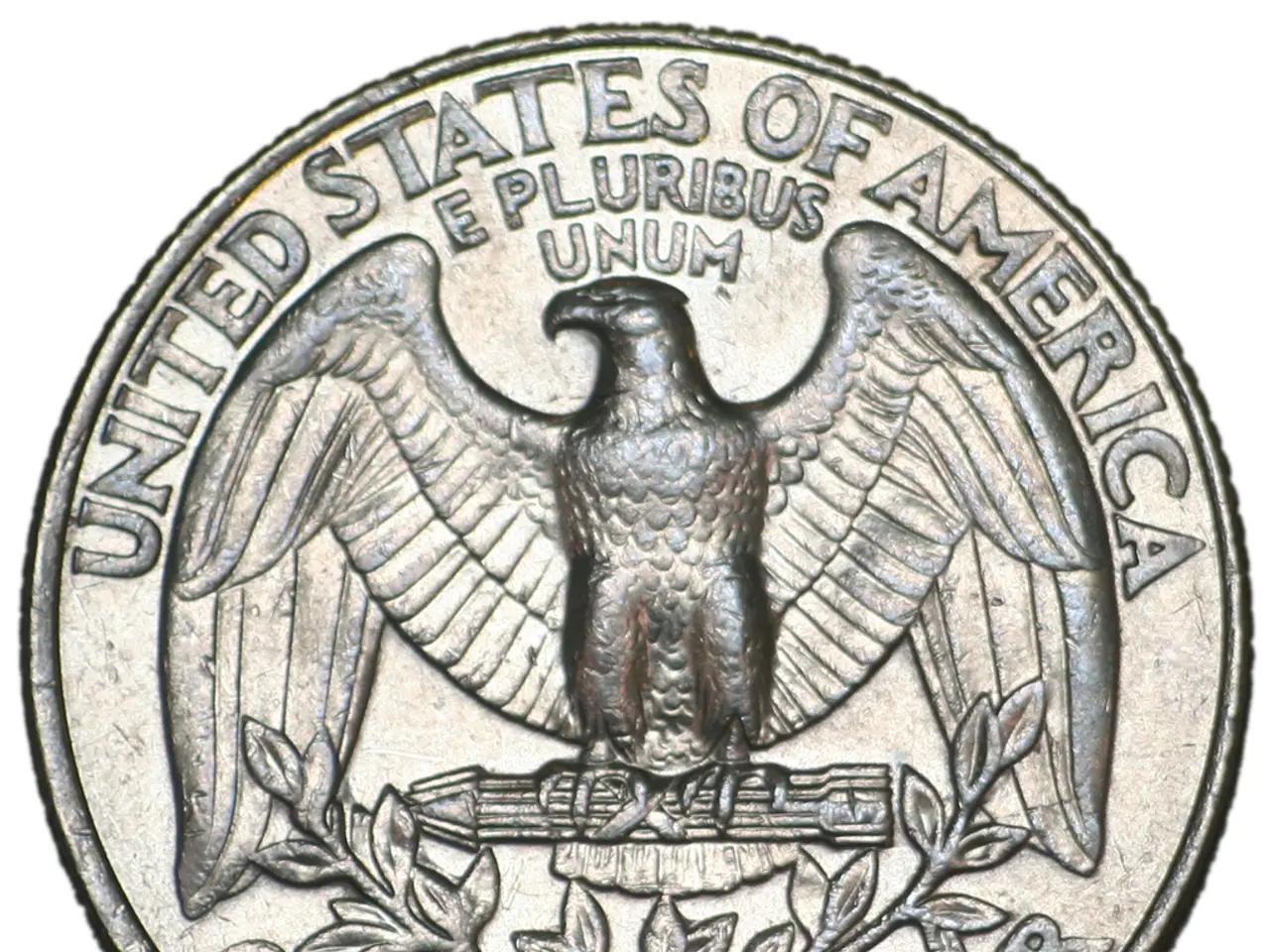Cryptocurrency platform, Crypto.com, removes Tether (USDT) and other tokens from their listings in Europe.
The recent decision by Crypto.com to delist Tether (USDT) and several other tokens for users in the European Economic Area (EEA) is a significant move that reflects the enforcement of the new Markets in Crypto-Assets (MiCA) regulation. This action has far-reaching implications for traders and investors in the crypto market.
Reduced Access to Popular Stablecoins
With Crypto.com and other major exchanges (e.g., Binance, Kraken, Coinbase) delisting USDT and a range of other stablecoins deemed non-compliant under MiCA, traders in the EEA lose direct access to widely used tokens for trading, hedging, and liquidity purposes.
Market Fragmentation and Liquidity Impact
Critics, including Tether’s CEO, warn that these delistings risk reducing liquidity in the EU crypto markets and could fragment the marketplace, complicating cross-border crypto transactions.
Shift to MiCA-Approved Stablecoins
EU users are encouraged to migrate to compliant stablecoins such as USDC and EURI, which are expected to remain listed and functional under MiCA’s framework. This may alter trading dynamics and token preferences in the region.
Potential Increased Investor Protection and Regulatory Clarity
Proponents argue that MiCA enhances user safety by enforcing strict authorizations, capital, and transparency requirements on crypto-assets and stablecoins, which could reduce risks of fraud or insolvency.
Exchanges Enforcing Stringent Compliance
Crypto.com’s token delisting—including USDT, Wrapped Bitcoin (WBTC), and its own staked ETH and SOL tokens—reflects the heavy compliance burdens for crypto platforms under MiCA.
MiCA Alignment and Regulatory Compliance
The delisting by Crypto.com aligns directly with the regulation’s intent to mandate authorization and regulatory compliance for crypto-assets and service providers across the EU. MiCA aims to create a harmonized regulatory regime to protect investors, facilitate market integrity, and foster innovation.
However, the debate within the industry reflects tensions between the aims of MiCA for consumer protection and regulatory harmonization and concerns about potential regulatory overreach causing market disruptions or pushing some activities outside the EU.
Exploring Alternative Stablecoins
Users may need to explore alternative stablecoins such as EUR-backed stablecoins or those compliant with European regulations. For instance, GUSD, issued by the Gemini exchange, is a regulated stablecoin backed by US dollars held in FDIC-insured banks. Some platforms allow users to earn interest on USDP deposits, making it a stable store of value.
Businesses use USDP for cross-border payments and financial settlements. TrueUSD (TUSD) is a stablecoin whose function and use cases are not provided in the text, but it is known for its independently verified funds, ensuring trust in its peg. USDP, issued by Paxos, is a fiat-backed stablecoin fully regulated and approved by U.S. regulators, often favored by institutions due to its high transparency and regulatory backing.
In summary, the delisting of USDT and other tokens in the EEA mirrors the broader consequence of MiCA’s regulatory framework: trading and investment options in crypto will be more regulated and compliant-focused, with short-term liquidity challenges and token substitutions balanced against longer-term market stability and investor protections within the European market.
[1] The Block, (2022). Crypto.com to delist Tether and other tokens in the European Economic Area. [online] Available at: https://www.theblockcrypto.com/linked/115987/crypto-com-to-delist-tether-and-other-tokens-in-the-european-economic-area [Accessed 20 Apr. 2023].
[2] Decrypt, (2022). Crypto.com delists Tether (USDT) and other tokens in the European Economic Area. [online] Available at: https://decrypt.co/93435/crypto-com-delists-tether-usdt-and-other-tokens-in-the-european-economic-area [Accessed 20 Apr. 2023].
[3] Cointelegraph, (2022). Crypto.com delists Tether (USDT) in the EU as MiCA takes effect. [online] Available at: https://cointelegraph.com/news/crypto-com-delists-tether-usdt-in-the-eu-as-mica-takes-effect [Accessed 20 Apr. 2023].
[4] CoinDesk, (2021). What is MiCA? The EU's proposed regulatory framework for crypto assets. [online] Available at: https://www.coindesk.com/policy/2021/11/26/what-is-mica-the-eus-proposed-regulatory-framework-for-crypto-assets/ [Accessed 20 Apr. 2023].
[5] CoinDesk, (2022). Crypto.com delists Tether (USDT) in Europe as MiCA comes into effect. [online] Available at: https://www.coindesk.com/policy/2022/04/14/crypto-com-delists-tether-usdt-in-europe-as-mica-comes-into-effect/ [Accessed 20 Apr. 2023].
- The delisting of Tether (USDT) and several other tokens by Crypto.com and other major exchanges has far-reaching implications for the finance industry, as traders in the European Economic Area (EEA) lose direct access to commonly used tokens for financial transactions, investing, and general-news exchanges.
- Education-and-self-development resources advise users to explore alternative stablecoins such as EUR-backed stablecoins or those compliant with European regulations, like GUSD and USDP, to manage the liquidity impact of the delistings.
- The sports world may see changes around cross-border payments, as businesses using tokens like USDP for financial settlements search for compliant alternatives.
- Amid concerns about potential regulatory overreach and market disruptions, the entertainment sector and general-news outlets follow the ongoing debates within the industry as MiCA regulations reshape the crypto-finance landscape.
- In response to the stringent compliance requirements of regulations like MiCA, technology plays a crucial role in facilitating regulatory compliance, allowing crypto operators to adapt their token offerings to meet compliance demands industry-wide.




